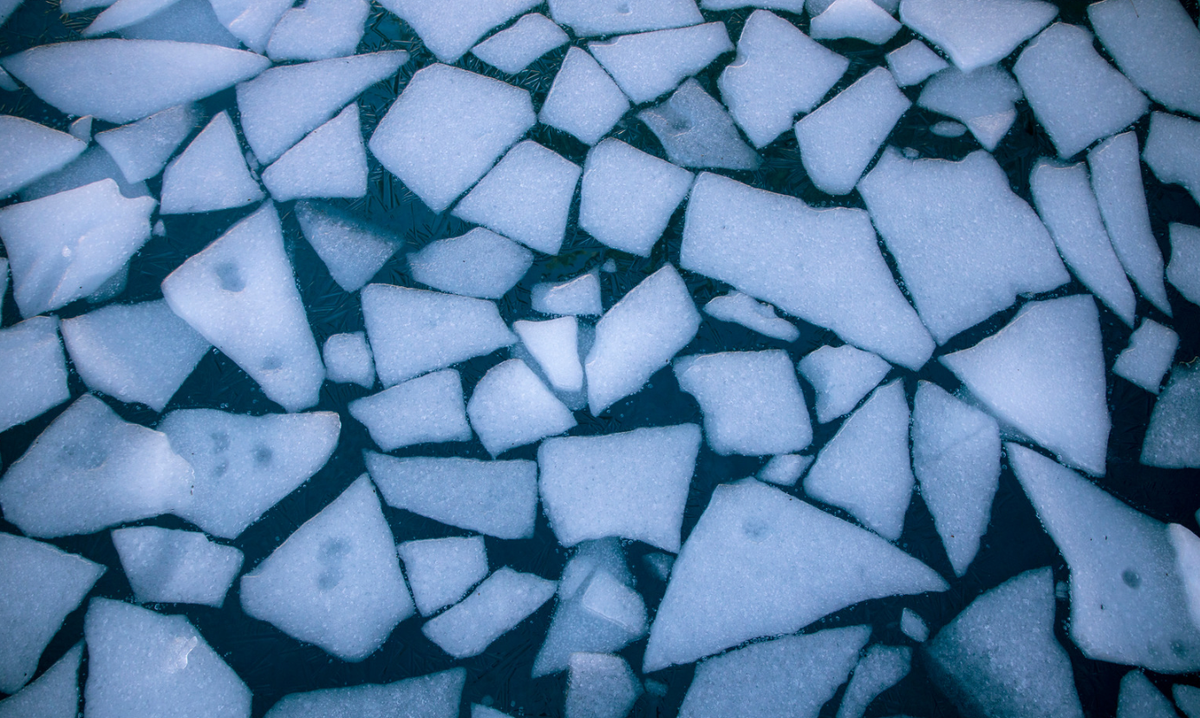The Science of Floating Ice: When Chemistry Breaks Its Own Rules

At first glance, ice floating might not seem like a big deal. But without this behavior, life as we know it would look very different. Lakes would freeze from the bottom up, ecosystems would collapse in winter, and penguins might not have a place to call home. So, what's the science behind this everyday miracle? Let’s break it down.
It's All About Density (But Not Just That)
Many substances get denser when they freeze. Solids are usually more tightly packed than liquids, which is why you’d expect ice to sink in water. But water, as usual, refuses to follow this rule.
Density, by definition, is mass divided by volume. When water freezes, it expands, meaning its volume increases even though its mass stays the same. This causes the ice to have a lower density compared to liquid water. Less dense things float, and that’s why your ice cubes bob happily in your drink instead of sinking like rocks.
But why does water expand when it freezes? That brings us to the next section.
Thank Hydrogen Bonding and Polarity
The secret behind water’s behavior lies in its molecular structure. Water is a polar molecule, meaning it has a slightly positive side (hydrogens) and a slightly negative side (oxygen). This polarity leads to an attractive force called hydrogen bonding.
In liquid water, molecules are constantly moving around, making and breaking hydrogen bonds like an indecisive couple. But as water cools and approaches freezing, the movements slow down and arrange themselves into a stable, hexagonal lattice. Everyone bond is held at a specific angle: 109.5 degrees to be exact.
This geometric arrangement keeps the molecules farther apart than they are in liquid form. The result? Ice; an open, less dense structure that takes up more space, even though it’s solid.
The Big Picture: Life Owes a Lot to Floating Ice
Ice floats. So what? Actually, it’s a big deal. If ice sank, bodies of water would likely freeze from the bottom up. Aquatic life would have nowhere to survive in cold seasons. Floating ice acts as an insulating blanket on the surface, keeping the water below relatively warm and stable.
The behavior of water and ice is one of those areas in chemistry and physics that has huge consequences in biology, climate, and even geology. And it all comes down to the way water molecules bond, move, and arrange themselves as they change state.
Thanks for reading!
Feel free to contact Chemistry Weekly at ChemistryWeeklyNews@gmail.com with any questions or comments.
Disclosure
The information above is based on my own beliefs, opinion and experiences. In no way does this blog represent or reflect the schools I have been to or the companies that I work and/or have worked for. I am not responsible or liable for any events that occur as a result of this information.
I am not affiliated with any of the companies mentioned above.